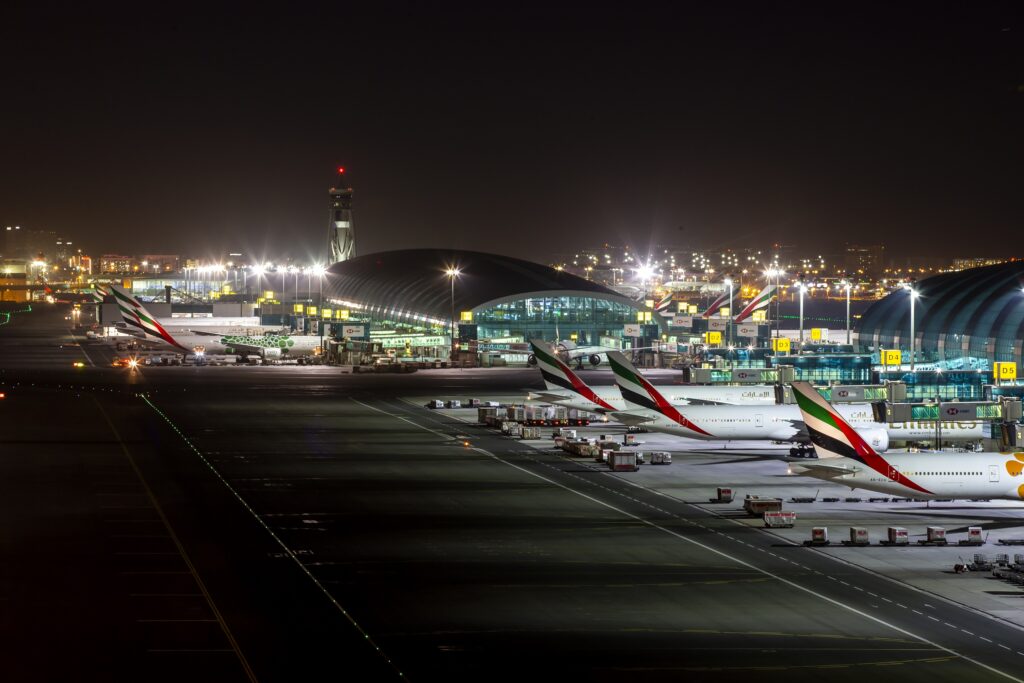Dubai Airports CEO Unveils Vision for Seamless Passenger Journeys
Share
According to Dubai Airports CEO Paul Griffiths, airports have not always offered passengers an optimal experience.
In a talk at this year’s Dubai Air Show, Griffiths admitted that airports “are still building systems based on technology from the 1960s”, when there should be more of an emphasis on how new technology and AI can make airports more seamless and attractive for customers.

Meanwhile, commenting on the current airport design, Griffiths noted a prioritisation of operational efficiency over consumer satisfaction.
According to Griffiths, when it comes to the passenger flow through airports, “we compress them through the centre of an hourglass, through a check-in area, for our own convenience, and then we redistribute them to many different areas.”
Griffiths, in his capacity as the CEO of Dubai Airports, is committed to rectifying such bottlenecks and enhancing the overall passenger experience at Dubai International Airport (DXB). The forthcoming establishment of Al Maktoum International Airport (DWC) as another hub for the Emirate in the 2030s also offers a unique opportunity to completely reimagine airport operations.
DXB is presently exploring the integration of check-in and immigration processes, aiming to eliminate unnecessary physical barriers. Griffiths envisions a future where traditional check-ins are obsolete, allowing travellers to seamlessly drop their bags, take advantage of airport amenities, and board their flights without cumbersome procedures.
A more personal experience envisaged for DWC
In discussing the design approach for Al Maktoum International Airport (DWC), Griffiths emphasised departing from the conventional “mega terminal” concept. Instead, he envisions a more intimate journey, stating, “You get onto the train in the carriage that marks New York and get to the concourse where your New York flight awaits. There are no huge walking distances and plenty of time to shop before you get onto the plane. It is a much more pleasant experience for customers.”
The successful development of DWC hinges on DXB achieving its 120 million annual passenger capacity, with a projected improvement to almost 87 million passengers in 2023, representing a post-pandemic recovery.

Notably, major aircraft orders announced by both Emirates and FlyDubai at the Dubai Air Show are anticipated to further boost passenger numbers.
In summary, Griffiths advocated for a transformative shift in how airport operators perceive their role, drawing a parallel between airports and hotels. He emphasised, “We are fundamentally in the hospitality business, and too many people in this industry think they are managing infrastructure.” According to Griffiths, this perspective underscores the necessity of a customer-centric approach to elevate the airport experience to the standards of hospitality excellence.
All images via Dubai Airports


